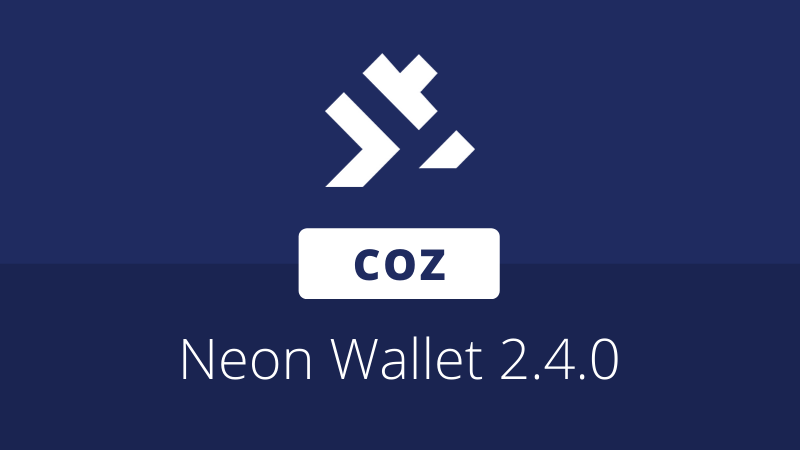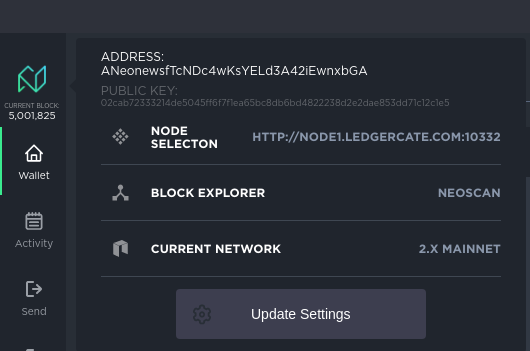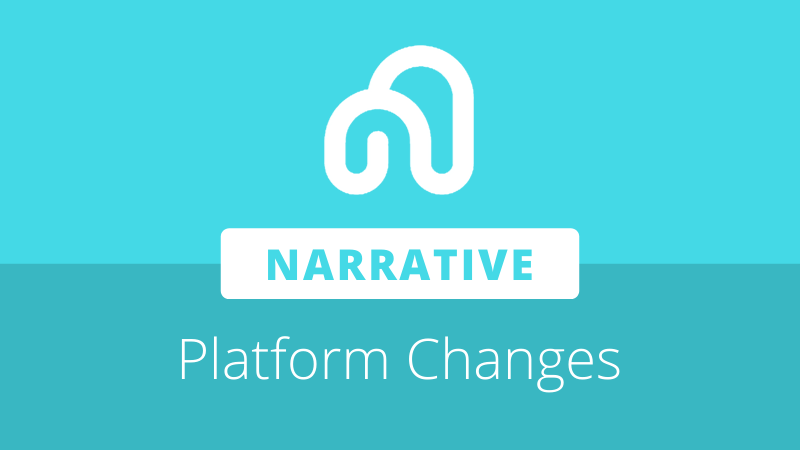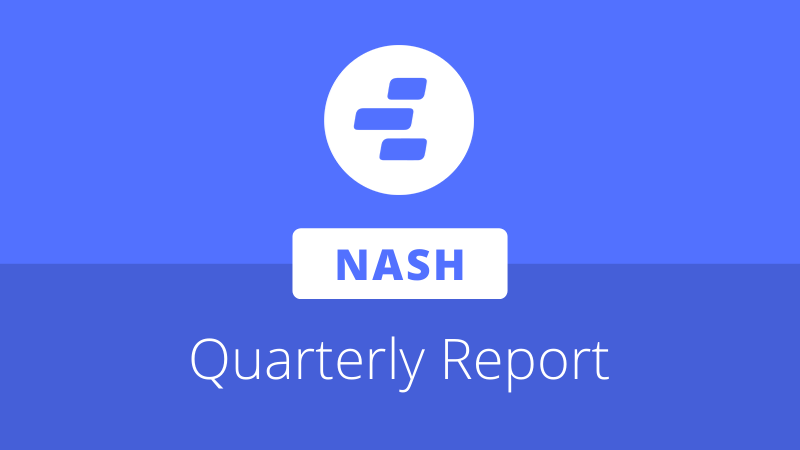
COZ has released the latest version of Neon wallet, bringing with it support for “split key” wallet imports, bug fixes, and other improvements. The new release, v2.4.0, can be downloaded for Windows, Linux, and Mac here.
The new update brings with it a range of small changes, such as tweaks to the token balance panel layout and bug fixes for issues such as GAS claims in “watch only” mode and problems sending transfers with more than 15 digits. In the changelog, under the hood improvements to security and dependency updates are also highlighted.
One notable change to the main wallet page is the current block height, now displayed in the sidebar as queried from the current RPC node. Hovering over the Neon logo in the upper left corner will also reveal a new UI feature, the network config tooltip.
This tooltip displays the public address and corresponding public key, the current RPC node in use, and which network the user is connected to. From this tooltip users can also quickly access the network settings page to make any required changes.
Split key vanity wallets
The split key wallet import option, developed by Hal0x2328, allows a user to combine the private key from a saved wallet with a secondary private key in order to generate a new one. Split key imports can be leveraged as an alternative to multisig wallets for sharing custody of assets, and can also be used to allow third parties to compute vanity public addresses for users without the third party knowing the final private key.
This process works as follows. Firstly, the end user selects the characters for a desired vanity address (e.g Neonews) and provides along with a public key to the third party who will generate the vanity address. This public key can be newly created or from an existing wallet, the only important point is that the user is the only one that knows the corresponding private key. For convenience, public keys (the original, unconverted form of a public address) can now be found within Neon as noted earlier.
With the user-provided public key and desired vanity address prefix in hand, the third party can now begin calculating keypairs. The generator will aim to find a keypair with a public key that can be merged with the user-provided public key to create the desired vanity address:
User-provided public key + third-party generated public key = ANeonews…
After eventually generating a public key that satisfies this condition, the third party can now provide the user with its corresponding private key. Due to the properties of elliptic curve cryptography, the private key for the vanity address can now be found by adding together these two private keys:
User-provided private key + third-party generated private key = private key for ANeonews…
Since the end user is the only entity with access to both private keys, they are the only one that can derive the private key for the vanity address. This key merger is handled by the split key wallet import, allowing the vanity address to be imported into Neon ready for use.









About The Author: Brett Rhodes
Brett is a blockchain enthusiast and freelance writer who originally began producing content for the gaming & eSports industries. Now he spends most of his time contributing in the Neo ecosystem.
More posts by Brett Rhodes